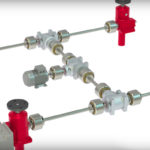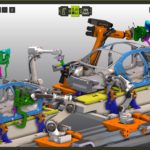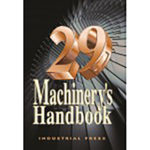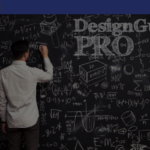Most prevalent are worm gear screw jacks because they can lift heavy loads with little input torque. The large mechanical advantage is through a worm gear ranging from 5:1 to 32:1 in combinations with lead screw or a ball screw.
 Ball screw jacks differ from machine screw jacks in a few key ways. Machine screw jacks are typically used to move heavy loads in low-duty-cycle setups and low-speed applications. Because it uses an acme screw it can (in some cases) self-lock to resist backdriving as well — meaning it will hold position without the presence of power or a mechanical brake.
Ball screw jacks differ from machine screw jacks in a few key ways. Machine screw jacks are typically used to move heavy loads in low-duty-cycle setups and low-speed applications. Because it uses an acme screw it can (in some cases) self-lock to resist backdriving as well — meaning it will hold position without the presence of power or a mechanical brake.
In contrast, ball screw jacks are common where higher speeds and duty cycles are needed. In addition, because of the higher efficiency of the ball screw (compared to a machine screw) ball screw jacks can decrease motor horsepower and other electrical requirements.
There are two basic types of screw jacks of which a few additional styles originate. First, there are translating screw jacks. These types of screw jacks use a lift shaft or screw that travels into or out from the worm gear box. The lift shaft can either protrude from the mounting flange side of the gearbox or from the top side of the worm gear box. Secondly, are rotating type screw jacks. In this style, the lift shaft remains stationary and a lifting nut moves along the lift shaft. Much like the translating screw jacks the screw can also protrude down from the mounting flange or up from the top of the jack. To produce translation of the lift shaft or nut, both configurations must be secured to prevent rotation. Where this is unfeasible, keyed screw jacks are an option.
In the video below, Jonathan Kasberg of Nook Industries talks about how ball screw jacks compare to machine screw jacks. Also in this video is more about two basic types of screw jacks, options for custom or semi-custom assemblies, and requirements for support configurations for when jacks translate loads in alternative arrangements. Nook manufacturers most of its own components, so can customize screw jacks to order. Engineers can 2D or 3D model a solution before placing an order:







Dear Sir, We have to lift a weight of 400 Kg through lead screw up to 400 mm in height and want to drop the same in free fall with a guided vertical plate form. Is it possible. If possible, how we will release this weight. Lifting – Dropping again Lifting – Dropping it is regular practise. Can we do it and how. Thanks